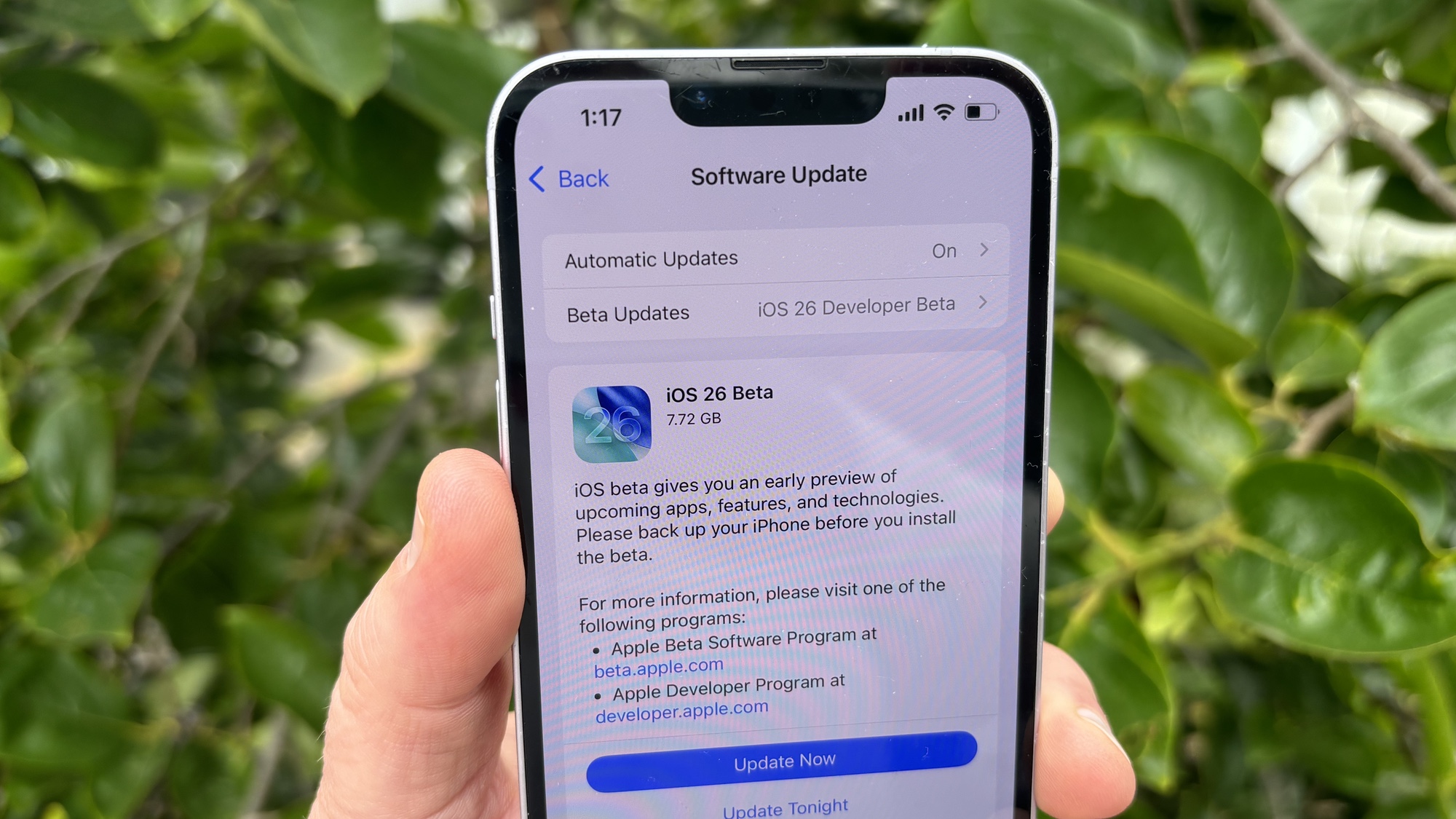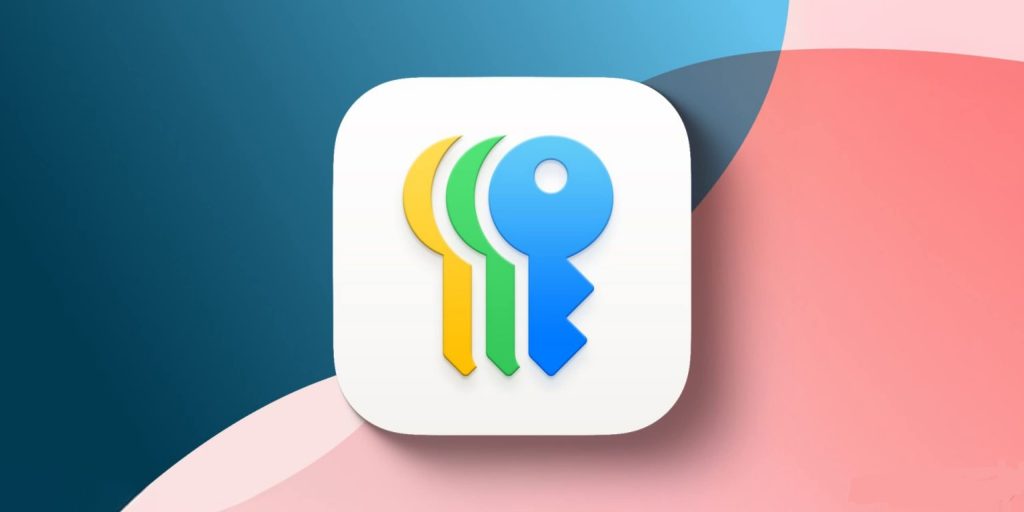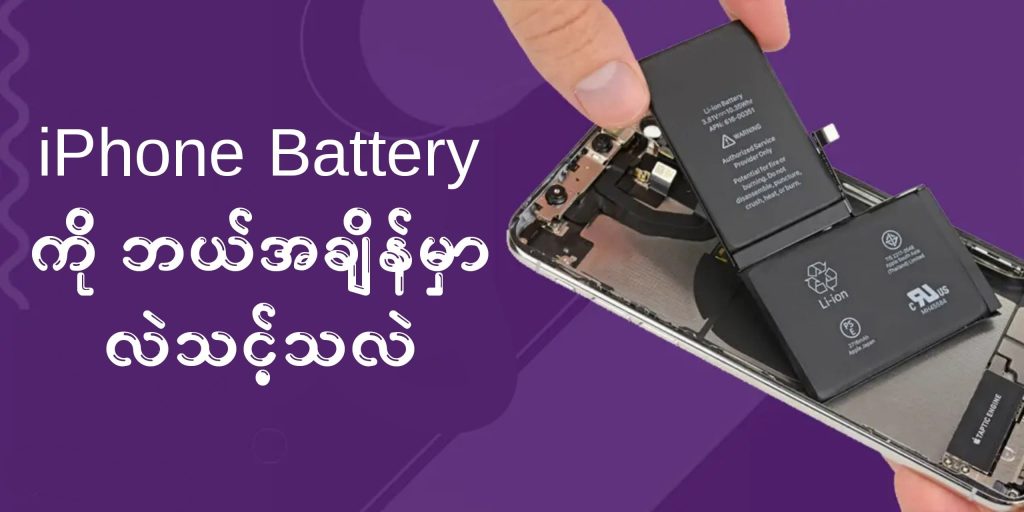Are you ready to take a leap into the future of mobile technology? The buzz is all around iOS 26, and enthusiasts are eager to explore what Apple has in store. With each new version, we anticipate exciting features that could transform our daily smartphone experience. But before you dive headfirst into the iOS 26 beta, it’s crucial to weigh your options carefully. In this blog post, we’ll uncover everything you need to know about Apple’s latest offering—its standout features, potential drawbacks, and whether taking that risk is worth it for your device. Buckle up as we navigate through the world of iOS 26!
What is iOS 26?
iOS 26 is the latest iteration of Apple’s operating system, designed specifically for iPhone and iPad users. This version aims to enhance user experience with improved performance and innovative features.
Apple consistently pushes boundaries with each release, and iOS 26 is no exception. It brings a fresh approach to how we interact with our devices. With new functionalities tailored for both everyday tasks and advanced uses, it promises to make your daily routine smoother than ever.
The beta version allows developers and enthusiasts a first glimpse into what’s possible before the official launch. This sneak peek can spark excitement as users explore what lies ahead in their Apple ecosystem.
From enhanced privacy settings to revamped app interfaces, iOS 26 aims to keep you engaged while ensuring your device runs efficiently. Whether you’re an Apple veteran or new to the brand, there’s something intriguing waiting in this update.
Features and updates in iOS 26 beta
iOS 26 beta introduces a sleek interface redesign that enhances user experience. The fresh layout boasts improved navigation, making it easier to access your favorite apps.
One standout feature is the enhanced privacy settings. Users can now manage app permissions more intuitively, ensuring greater control over personal data.
The update also comes with advanced multitasking capabilities. You can run multiple apps side by side seamlessly, boosting productivity for those who juggle various tasks at once.
Additionally, iOS 26 beta brings smarter notifications. They are more organized and customizable, allowing you to prioritize what matters most without distractions.
Another exciting addition is the integration of AI-driven features. From personalized suggestions in Siri to automated photo enhancements in the Photos app, users will find daily tasks simpler and more efficient than ever before.
Pros and Cons of updating to iOS 26 beta
Updating to iOS 26 beta can be an enticing prospect for tech enthusiasts and early adopters. The opportunity to explore new features before they’re officially released is thrilling. You can enjoy a sneak peek into Apple’s latest innovations, enhancing your device’s capabilities.
However, there are downsides to consider. Beta versions often come with bugs that may affect performance or stability. You might encounter unexpected crashes or glitches in apps you rely on daily.
Compatibility issues could arise as well. Some applications may not work seamlessly until developers catch up with the new software.
If you’re someone who values stability over novelty, it might be wise to hold off on this update for now. Balancing excitement with practicality is key when considering whether to dive into the world of beta testing.
How to update to iOS 26 beta
To update to iOS 26 beta, first ensure your device is compatible. Check Apple’s official list for eligible models.
Next, back up your data. Use iCloud or connect to a computer with iTunes. This step is crucial in case you need to revert to the stable version later.
Visit the Apple Beta Software Program website and sign in with your Apple ID. Enroll your device by following the instructions provided there.
Once enrolled, go to Settings on your device. Tap on “General,” then select “Software Update.” You should see the option for iOS 26 beta available for download.
After downloading, follow the prompts to install it. Your device will restart during this process—don’t panic; it’s normal!
Enjoy exploring new features once installation completes!
Potential risks and bugs in beta versions
Using beta versions like iOS 26 can be an exciting yet risky venture. Apple’s beta software is a testing ground for new features, which means it hasn’t undergone the usual rigorous quality checks.
Common issues include unexpected crashes and app compatibility problems. These bugs can disrupt daily tasks and hinder productivity.
You might also encounter battery drain or connectivity glitches, affecting how your device performs. Such challenges are not uncommon in beta releases as developers work to refine the software.
Data loss is another concern. Beta systems may not always back up data accurately, leaving users vulnerable if something goes wrong during installation.
If you’re someone who relies heavily on their phone for essential tasks, these potential risks could lead to frustration rather than innovation. Weighing these factors carefully before jumping into a beta release is crucial for making an informed decision about upgrading.
Alternatives to updating to iOS 26 beta
If you’re hesitant about updating to iOS 26 beta, there are several alternatives worth considering.
First, stick with the current stable version of iOS. This option ensures you enjoy a reliable user experience without the unpredictability of beta software.
Second, explore third-party apps that offer similar features found in the beta. Many developers create applications that replicate new functionalities before they become mainstream.
Another alternative is to join forums and communities focused on iOS development. Engaging with experienced users can provide insights into upcoming features without needing to install any betas yourself.
Consider participating in Apple’s public feedback programs. These avenues allow users to contribute ideas for future updates while remaining on stable versions until official releases roll out.
Conclusion: Is it worth updating to iOS 26 beta?
Deciding whether to update to iOS 26 beta requires careful consideration. On one hand, you gain access to the latest features and improvements that Apple has in store. This can provide a fresh experience on your device and allow you to explore enhanced functionality before most users.
However, there are potential risks involved with running beta software. Bugs and glitches might disrupt your daily usage or hinder app performance. If stability is crucial for you, sticking with the current stable version may be a better choice.
If you’re inclined towards testing new features, weigh the pros against the cons carefully. Your decision should align with how much you’re willing to tolerate potential issues in exchange for early access to Apple’s innovations. It’s about balancing excitement for new tech with everyday usability needs.



